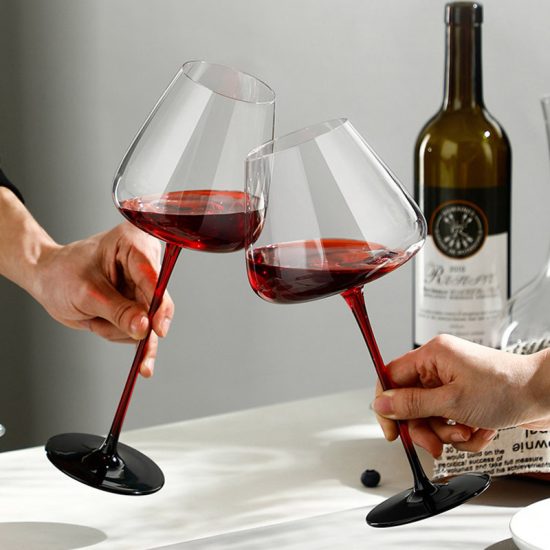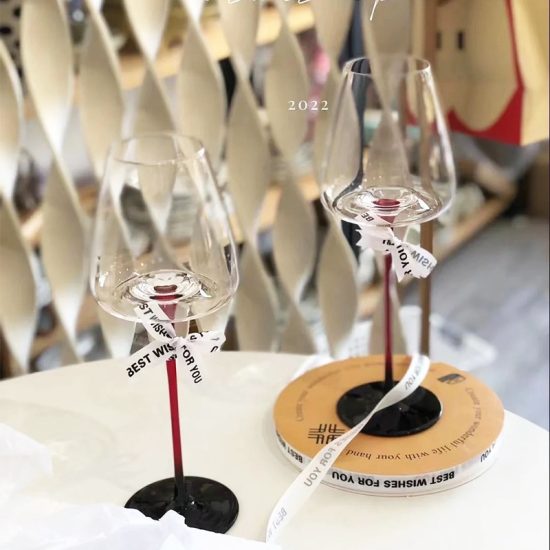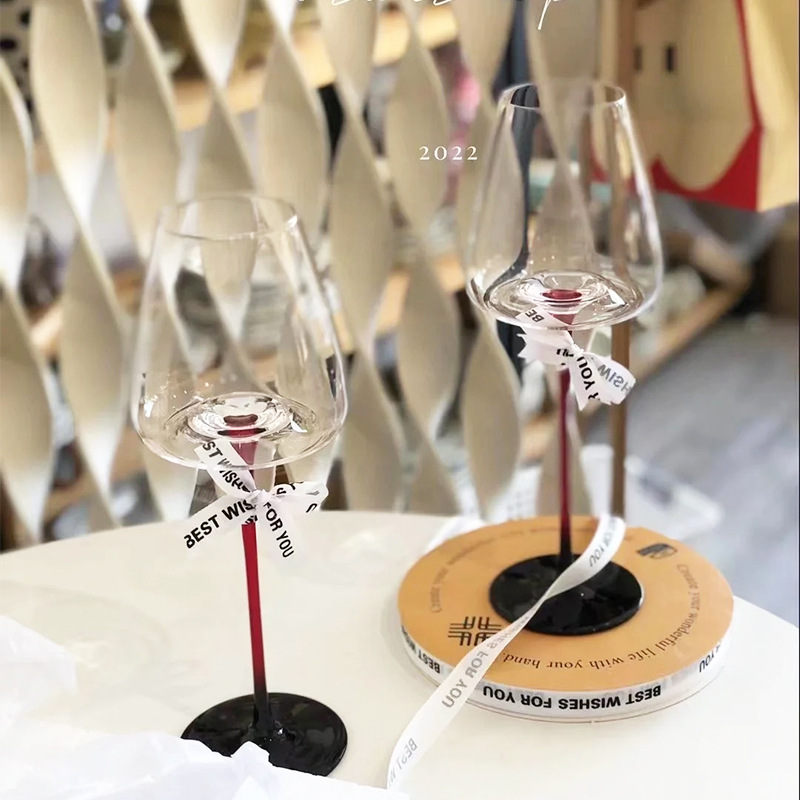Wine glasses have a long and rich history dating back to ancient times. The ancient Greeks and Romans are known to have used glass vessels for drinking wine, but it wasn’t until the Middle Ages that wine glasses as we know them today began to take shape.
During the 14th and 15th centuries, wine glasses began to feature stems and bases, allowing them to be held without warming the wine with the hand. These early wine glasses were often made from metal, such as pewter or silver, or from expensive materials like rock crystal.
By the 16th century, glassmaking techniques had advanced to the point where wine glasses could be made from clear, thin glass that was prized for its clarity and brilliance. Wine glasses also began to feature more elaborate designs, such as engraved or painted decorations, and were used to showcase the status and wealth of their owners.
In the 18th and 19th centuries, wine glasses continued to evolve, with new shapes and sizes being developed for specific types of wines. This period also saw the rise of crystal glassware, which was highly prized for its brilliance and clarity.
Today, wine glasses continue to be an essential part of the wine-drinking experience, with a wide variety of shapes, sizes, and materials available to suit different types of wines and personal preferences. From ancient times to modern day, wine glasses have played a significant role in the enjoyment and appreciation of wine.



